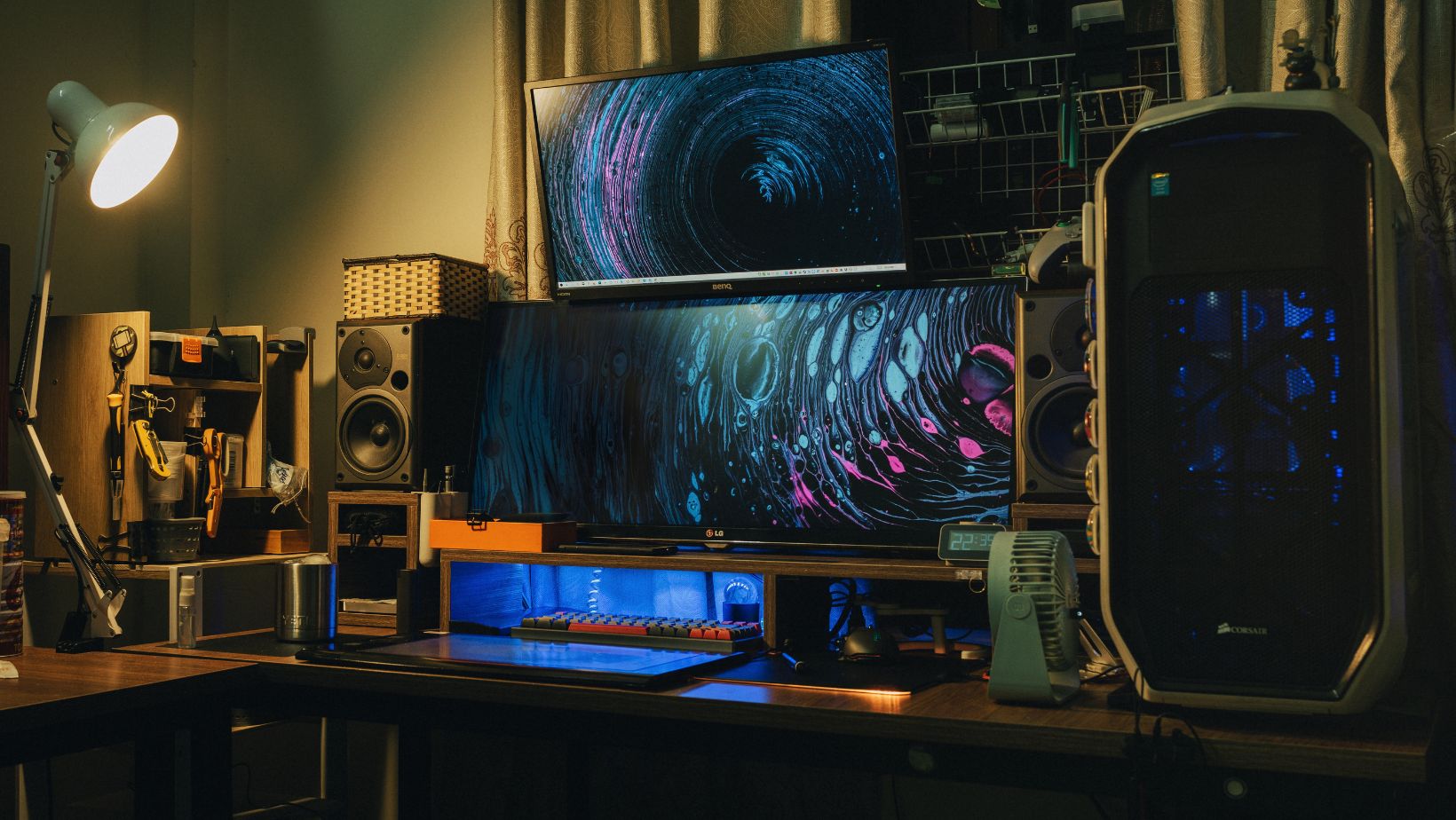Potential of Gaming Technology for a Better User Experience

In the last few decades, gaming technology has undergone a transformative journey. Gaming technology evolved from basic pixelated games to intricate, immersive experiences. As the industry flourishes, prioritizing user experience has become vital. Today’s sophisticated gamers demand intuitive interfaces, high-fidelity graphics, and seamless gameplay. Tailoring these elements to the user is more than a trend. This is a necessity in fostering engagement and building a loyal customer base.
Advanced Graphics: A Leap in Realism
The establishment of advanced graphics technologies, particularly ray tracing has redefined realism in gaming. Previously limited to professional animation and film, ray tracing simulates light paths to generate real-time reflections, shadows, and refractions. This provides a visually immersive quality to gaming landscapes. This leap in graphic realism enhances the gaming experience, profoundly engaging players in a vivid, dynamic world. Gamers can now ascend to environments where light interacts naturally with surfaces. While at the same time creating an almost real connection between the player and the game.

Developers, armed with these powerful tools, craft experiences that fascinate the senses and forge deeper emotional connections. This evolution in visual representation not only mesmerizes the gaming populace but also elevates gaming to a medium where technology meets artistry.
Immersive Sound: More than Just Background Noise
In the panorama of gaming evolution, the progression in sound design stands as an important chapter. Early gaming soundscapes, once limited to simple, synthesized tones, have blossomed into lively sound designs. The integration of spatial audio technologies wraps players in a sound field that extends 360 degrees while creating a hyperrealistic auditory experience. Sound, in modern games, serves as an unspoken narrator. This narrator guides players and heightens the impact of on-screen actions with rich layers of acoustic detail. Through strategic sound design, game creators can build the tension, mood, and pace of gameplay, all while offering a multi-sensory experience. This experience transcends mere visual engagement. In this golden era of gaming, sound stands not as a background element but as a central character that enhances the user’s immersion and elevates the narrative to newfound heights.
AI and Machine Learning: Tailoring the Experience

In the contemporary gaming sphere, the integration of AI and machine learning algorithms is revolutionizing the way users interact with digital platforms. These technological wonders are analyzing complex patterns and preferences. For instance, online platforms specializing in casino games, such as 32 red best slots, could potentially harness machine learning to tailor gaming options and promotions to individual preferences. These advancements promise not only to enhance user engagement but also to reshape the industry. However, AI isn’t confined just to enhancing personalized experiences. It is also fostering a new generation of non-player characters (NPCs) in games. Through AI and machine learning, the gaming industry is steadily marching towards a frontier where every interaction is tailored. This creates a mutual relationship between the game and the gamer for a richer, more experienced, and personal gaming experience.
-
Personal Finance8 months ago
How Do I Find My UCAS ID Number?
-
Success6 years ago
Consistency: The Key Ingredient to Success
-
Uncategorized8 months ago
What Does Conditionally Approved Mean For An Apartment?
-
Motivation3 years ago
How To Become a More Organized Person?
-
Others4 years ago
Work Health and Safety: 8 Reasons to Maintain a Clutter-free Office
-
Entrepreneurs4 years ago
Why Diversity is Key in Business Marketing
-
HK Pools8 months ago
The HK Pools Forum Comunity Jos Markotop 2D Warna Kuning – A Great Way to Stay Connected
-
Sport1 year ago
What Makes Soccer Betting So Great?



























